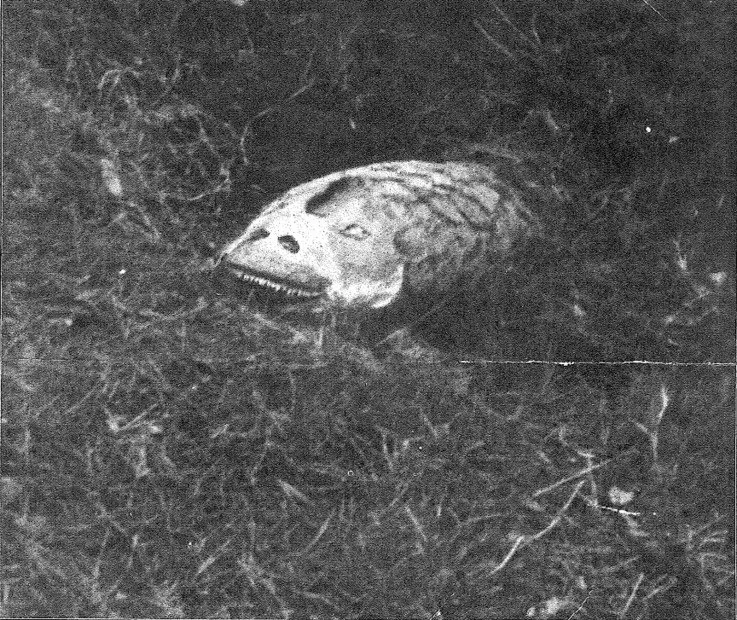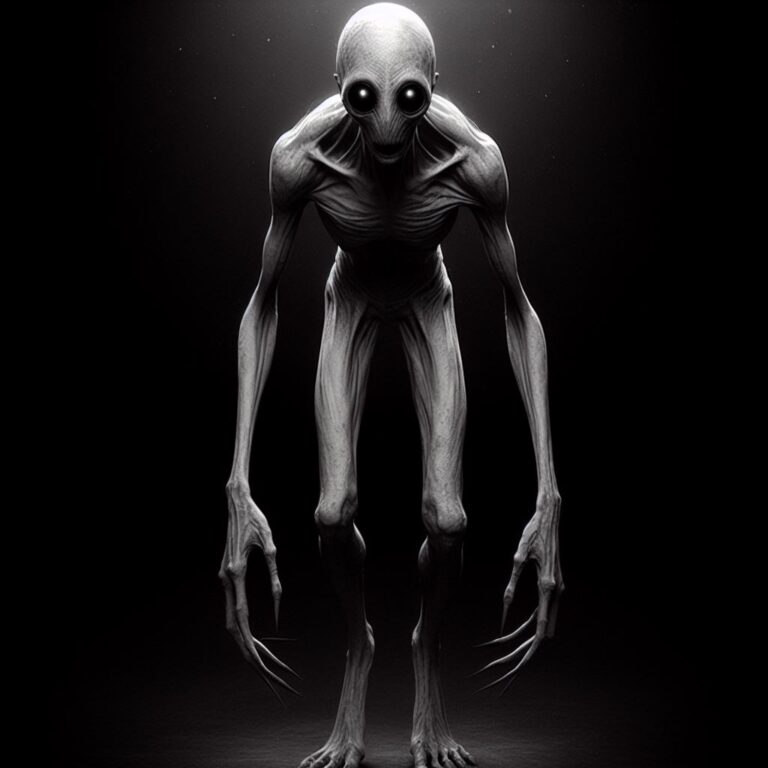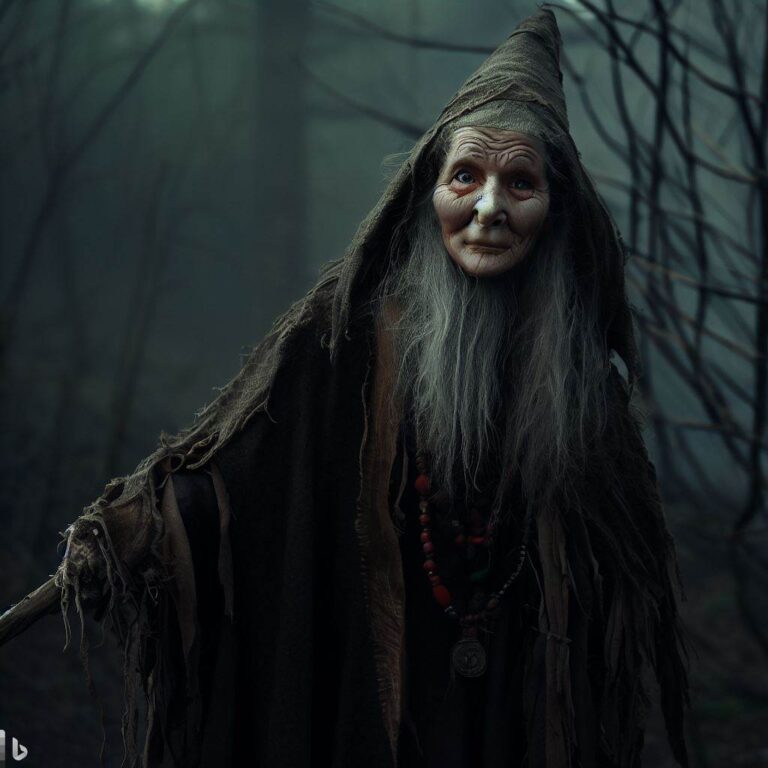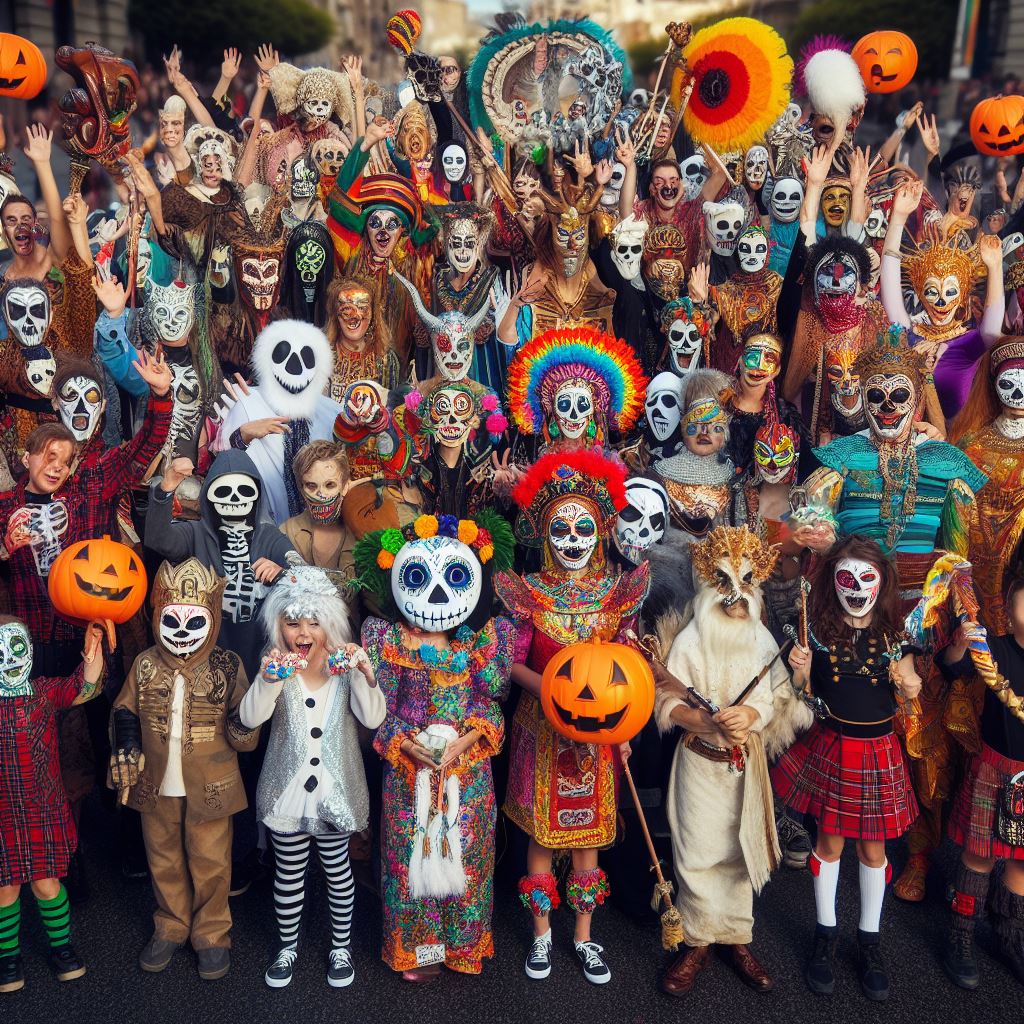
Halloween is a popular holiday that is celebrated on October 31 every year. It is a time when people dress up in costumes, carve pumpkins, go trick-or-treating, and watch horror movies.
But do you know where Halloween comes from and what are some of the spooky creatures that are associated with it?
In this article, we will explore some of the lesser-known but equally terrifying monsters from around the world, based on folklore and mythology.
Samhain and Celtic Monsters [origins of Halloween]
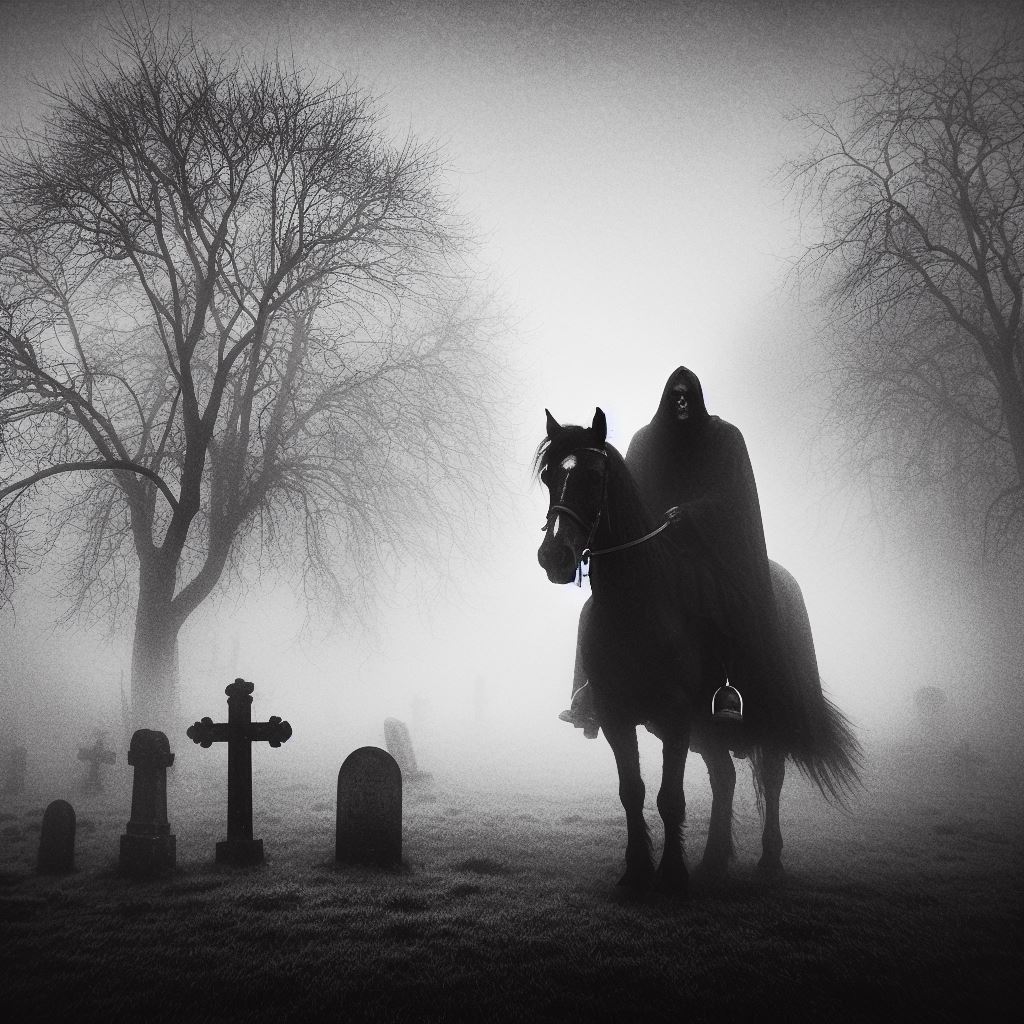
Halloween originated from the ancient Celtic festival of Samhain, which marked the end of the harvest season and the beginning of the dark half of the year.
The Celts believed that on this night, the veil between the worlds of the living and the dead was thin, and that spirits and fairies could cross over and cause mischief or harm.
To ward off these unwanted visitors, they lit bonfires, wore masks and costumes, and left offerings of food and drink.
Some of the Celtic monsters that were believed to roam the night during Samhain are:
- The Banshee, a female spirit who wailed to foretell death. She was usually seen as a pale woman with long hair and red eyes, wearing a green dress or a white shroud. Her scream was so piercing that it could shatter glass or kill anyone who heard it.
- The Dullahan, a headless horseman who carried his severed head and a whip made of human spine. He was a harbinger of doom who rode a black horse or a carriage pulled by six black horses. He could see in all directions with his head, which had a hideous grin and glowing eyes. He would stop at the house of someone who was about to die and call out their name, causing their soul to leave their body.
- The Pooka, a shape-shifting trickster who could take the form of a black horse, a goat, or a rabbit. He was fond of playing pranks on humans, such as leading them astray, spoiling their crops, or throwing them off his back. He could also speak with a human voice and offer advice or prophecy, but he was not always trustworthy.
Dia de los Muertos and Mexican Monsters
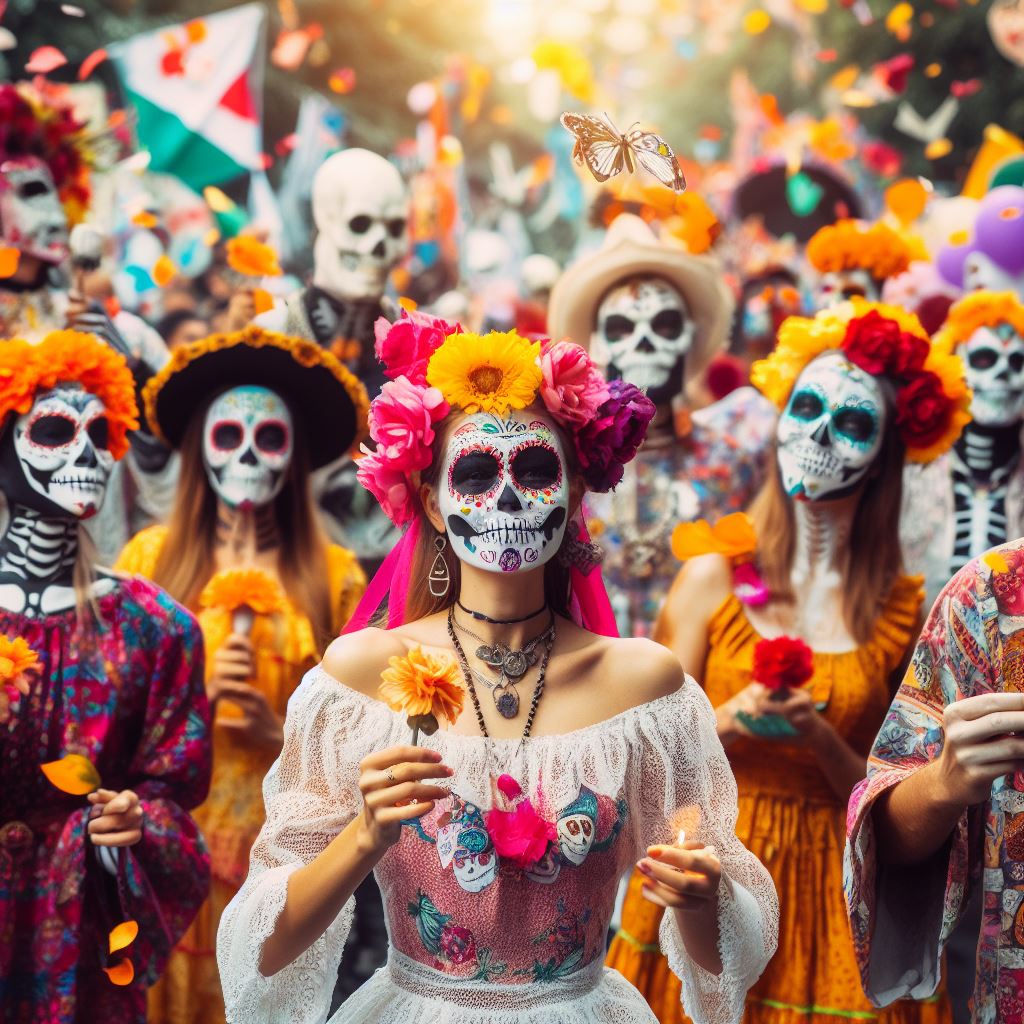
Dia de los Muertos (Day of the Dead) is a Mexican holiday that honors the deceased with altars, offerings, and festivities from November 1 to November 2.
It is a time when families and friends remember their loved ones who have passed away and celebrate their lives. It is also a time when the dead are said to return to visit the living and join them in their celebrations.
Some of the Mexican monsters that are associated with Dia de los Muertos are:
- La Llorona, the weeping woman who drowned her children and now wanders the rivers and lakes looking for them. She is a ghostly figure who wears a white dress and has long black hair that covers her face. She cries out “Ay, mis hijos!” (Oh, my children!) and lures anyone who hears her to their doom.
- El Cucuy, the boogeyman who hides under children’s beds or in closets and punishes them for misbehaving. He is a shapeless creature who can take any form he wants, but he is usually described as having red eyes, sharp teeth, claws, and horns. He whispers threats in children’s ears and scares them into obedience.
- El Chupacabra, the goat-sucker who preys on livestock and sometimes humans with its sharp teeth and claws. He is a mysterious creature who has been reported in various parts of Latin America and the US. He is said to have reptilian skin, spines, wings, or quills, depending on the eyewitness account.
Transylvania and Romanian Monsters
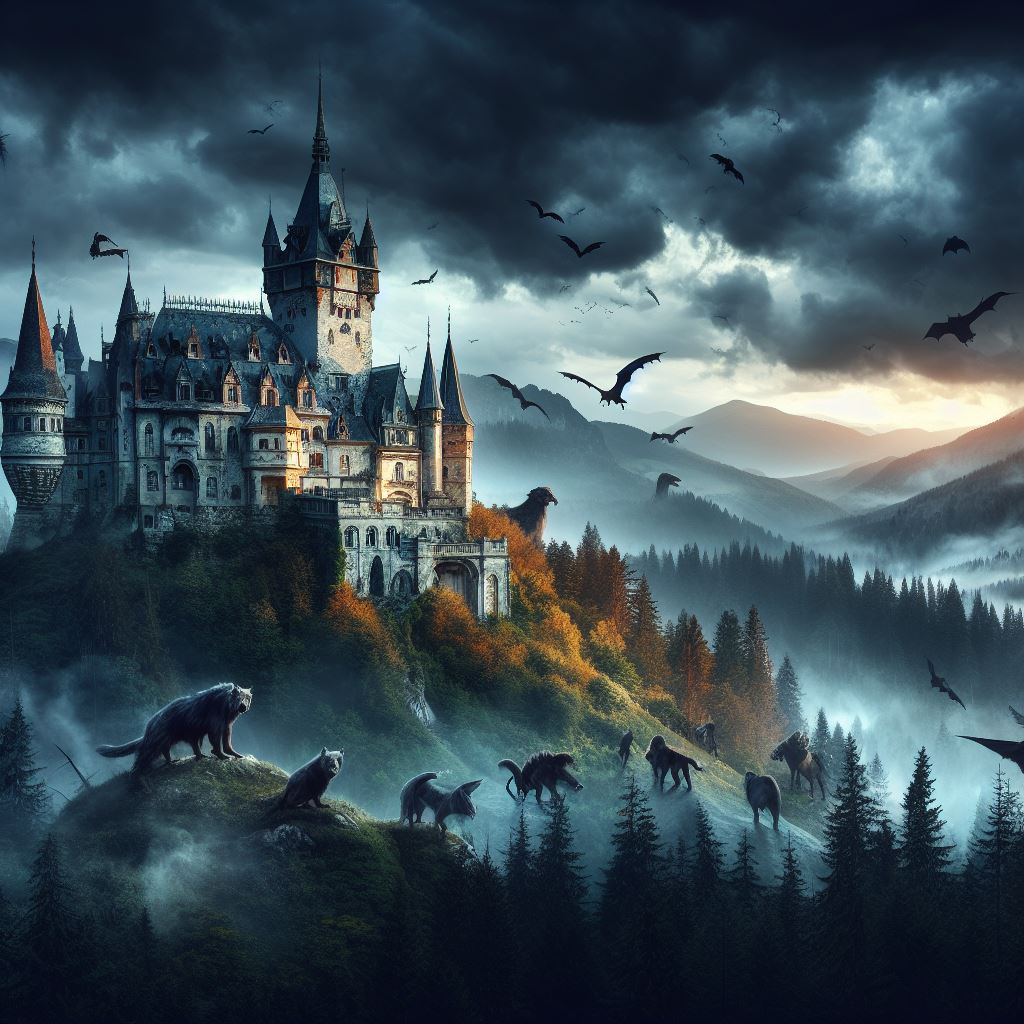
Transylvania is a region in Romania that is famous for its Gothic castles, medieval towns, and dark forests. It is also known as the land of vampires, thanks to Bram Stoker’s novel Dracula, which was inspired by Transylvania’s history and legends.
Some of the Romanian monsters that are inspired by Transylvania’s legends are:
- Dracula, the vampire lord who was based on Vlad the Impaler, a 15th-century prince who impaled his enemies on stakes. He was a powerful and charismatic leader who fought against the Ottoman Empire, but he was also a cruel and bloodthirsty tyrant who earned his nickname for his gruesome methods of torture and execution. He is said to have become a vampire after his death and to haunt his castle in Transylvania.
- Strigoi, the undead souls who can shapeshift into animals, become invisible, and drain the life force of their victims. They are similar to vampires, but they are not necessarily evil. They can be either living or dead, and they can be created by various means, such as dying without being married, being cursed, or being bitten by another strigoi.
- Moroi, the vampire offspring who are born from the union of a human and a strigoi. They are mortal and have a human appearance, but they inherit some of the abilities and weaknesses of their vampire parent. They can also become strigoi after their death.
Japan and Japanese Monsters
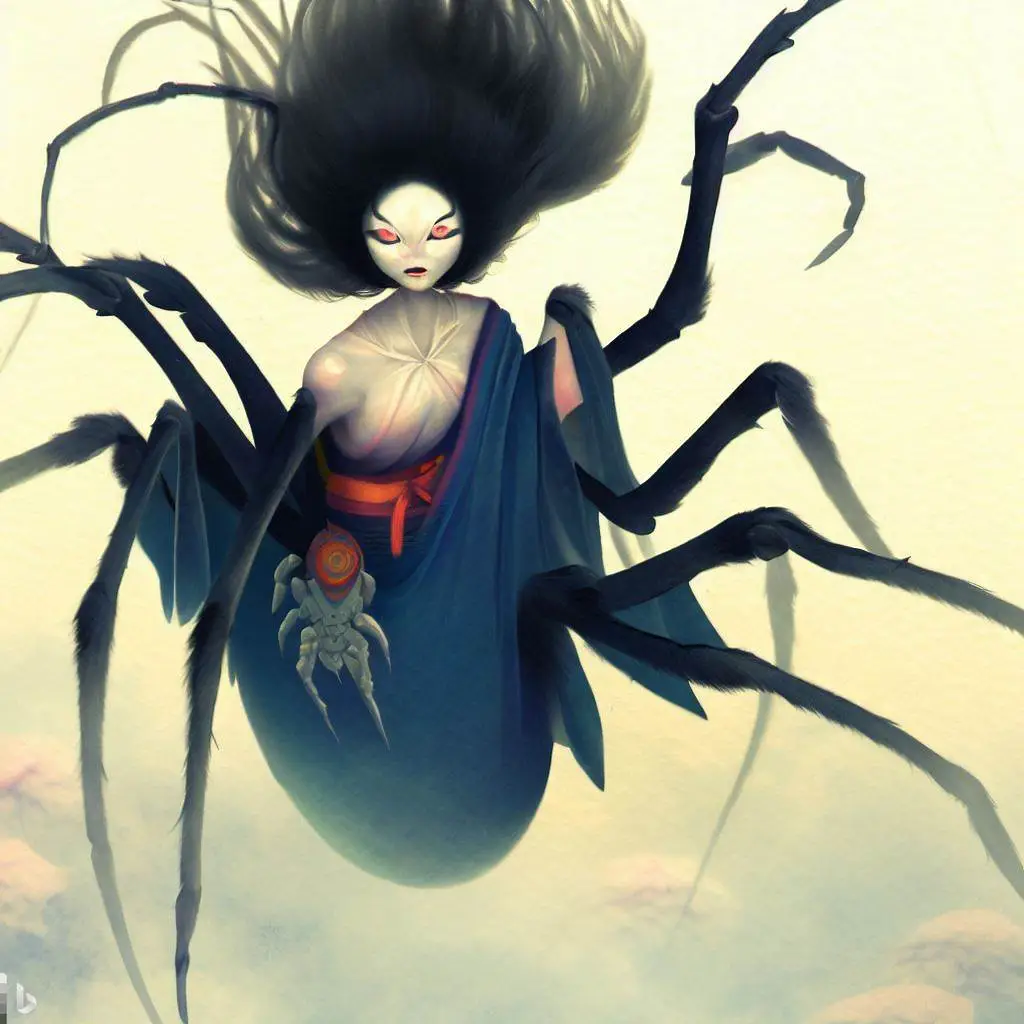
Japan has a rich tradition of folklore and mythology that features many supernatural creatures called yokai.
Yokai are beings that can be good, evil, or neutral, depending on their nature and mood. They can be spirits, animals, humans, objects, or phenomena that have been transformed or possessed by some mysterious force.
Some of the Japanese monsters that are popular or scary in Japan are:
- Yurei, the ghosts or spirits who have unfinished business or grudges in the mortal world. They are usually depicted as pale women with long black hair and white robes, but they can also appear as men or children. They can haunt places, people, or objects that are related to their death or suffering. They can also cause physical harm or mental anguish to those who encounter them.
- Oni, the ogres or demons who have horns, fangs, claws, and sometimes multiple eyes or heads. They are usually red or blue in color, but they can also be other colors. They are very strong and fierce, and they often carry iron clubs or swords. They live in the mountains or in hell, where they torment the wicked souls. They can also invade the human world and cause disasters or wars.
- Jorogumo, the spider woman who can shapeshift into a beautiful lady and lure men into her web. She is a type of tsukumogami, which are objects that have gained a soul after 100 years of existence. She is usually found near waterfalls, rivers, or lakes, where she plays a biwa (a Japanese lute) to attract her prey. She can also control other spiders and use them to attack or bind her victims.
Australia and Aboriginal Monsters
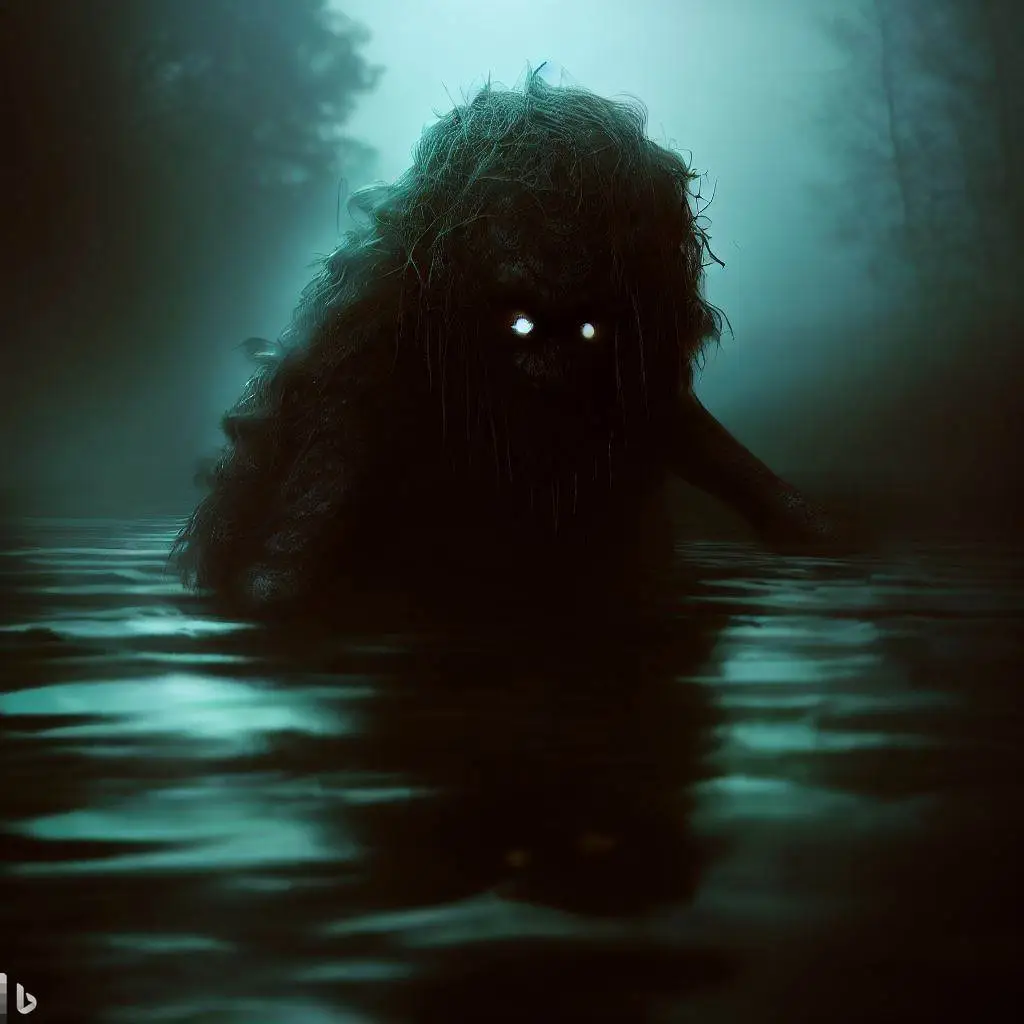
Australia is home to many indigenous cultures that have their own stories and beliefs about the natural and spiritual world.
Some of these stories involve monsters that are unique to Australia and reflect its diverse and harsh environment.
Some of the Aboriginal monsters that are unique to Australia are:
- Bunyip, the water-dwelling beast that has a dog-like face, a crocodile-like tail, and a loud roar. He is a feared creature that lives in swamps, rivers, or lakes, where he attacks and devours anyone who comes near his territory. He is also said to have magical powers, such as causing floods or droughts.
- Yowie, the hairy humanoid that lives in the bush and has enormous feet. He is similar to the Bigfoot or Sasquatch of North America, but he is more aggressive and violent. He is said to be very fast and strong, and he can throw rocks or trees at his enemies. He is also said to have a foul smell and a piercing scream.
- Rainbow Serpent, the giant snake that controls water, rainbows, and life itself. He is a benevolent creature that created the landforms, rivers, plants, animals, and humans in the Dreamtime, which is the Aboriginal concept of creation. He is also a protector of life and fertility, but he can also be angry and destructive if he is disrespected.
Conclusion
We have seen some of the most spooky and creepy Halloween monsters from around the world, based on folklore and mythology.
We have learned how they reflect different aspects of culture, history, and imagination.
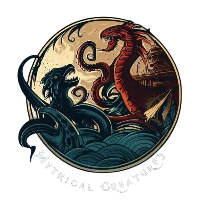
![The Differences Between Skinwalkers and Wendigos[Pics&Facts] 7 mythical creatures art The Differences Between Skinwalkers and Wendigos[Pics&Facts]](https://mythicalcreatures.blog/wp-content/uploads/2023/09/wendigo-vs-skinwalker-what-is-the-difference-768x382.jpg)

